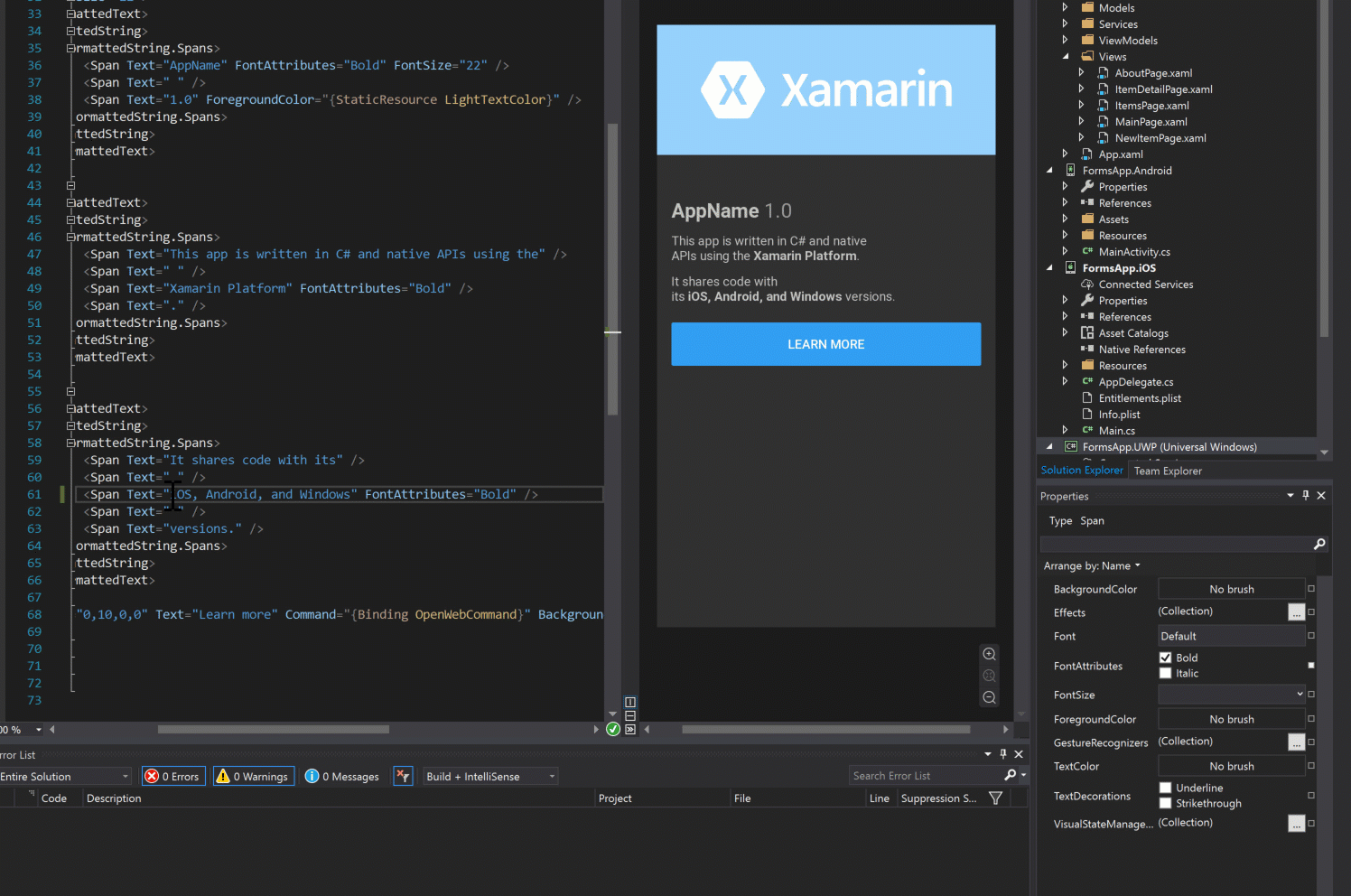


The base configuration is to code in a web browser, running Code-OSS, rather than the full remote experience of something like Microsoft DevBoxes. During preview, only the Compute Engine fees apply.ĭespite the name though, Google Cloud Workstations are designed as a hybrid offering. Pricing is based on standard Google Compute Engine fees, plus a “workstation management fee” of $0.05 per vCPU/hour, and a further control plane fee of $0.20 per hour. There is also an option for a persistent home directory. “Workstations run on ephemeral Compute Engine VMs that are deleted when the workstations are stopped, at which point all workstation runtime data is deleted with the VM,” the docs confirm. “You can also start your own container image or use external container images, as long as they are Linux-based,” say the docs.

They also integrate with another new project introduced at Cloud Next, Software Delivery Shield, with provides open source packages “verified and tested by Google,” as an alternative to trusting packages downloaded from a variety of public repositories.Ī Cloud Workstation is based on a container image which can be run up quickly, either using one of Google’s pre-configured images, or customized by an organization. L’Oréal cloud architect Antoine Castex said at Cloud Next that advantages of remote development include a consistent development environment, security, licensing simplicity, and removing a single point of failure, the developer’s laptop.Ĭloud Workstations can be within a corporate VPC (Virtual Private Cloud) on Google’s platform with control over the ingress and egress of data. Interest in remote development environments has increased in the last few years, accelerated by the drive towards remote working. The company is emphasizing integration with JetBrains IDEs, but the default image uses Microsoft’s open source Code-OSS, better known by the name of its official distribution, Visual Studio Code (VS Code). The new service, now in preview, is a VM on Google’s cloud but with no GUI desktop, being designed for access via a web browser or SSH terminal. Google has introduced Cloud Workstations as part of its Cloud Next online event, competing with other online developer environments like GitPod, GitHub Codespaces, or Microsoft DevBoxes.


 0 kommentar(er)
0 kommentar(er)
